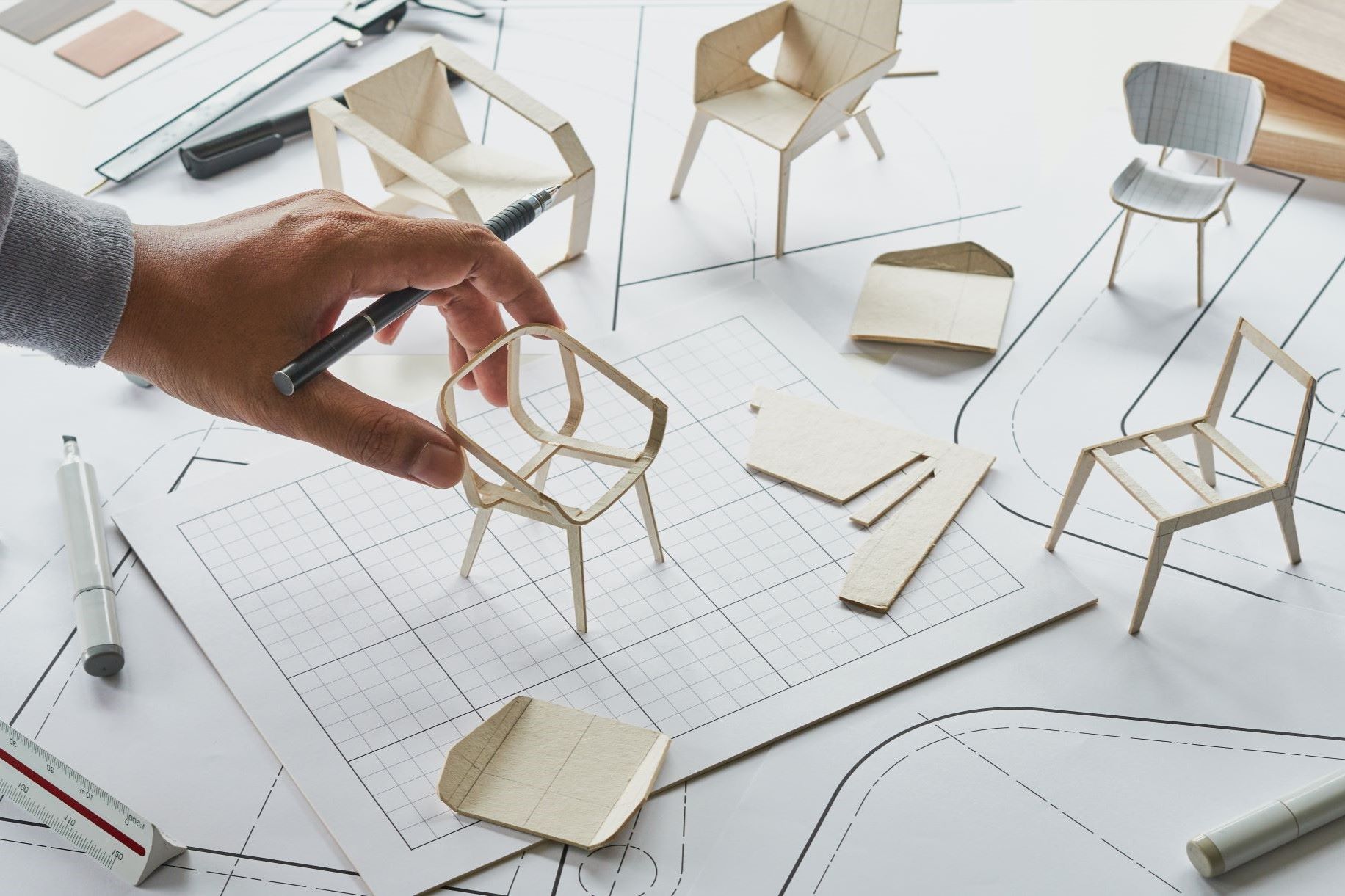
Prototyping is a crucial step in the design process, helping to bring ideas to life before final production. But what exactly makes it so important? Prototyping allows designers to test and refine concepts, ensuring that the final product meets user needs and expectations. It also helps identify potential issues early, saving time and resources. From simple sketches to high-fidelity models, prototyping can take many forms, each offering unique insights. Whether you're a seasoned designer or just starting out, understanding the value of prototyping can significantly impact your project's success. Ready to dive into the world of prototyping? Let's explore 28 fascinating facts that highlight its importance and versatility.
Key Takeaways:
- Prototyping is like making a rough draft of a product before making the final version. It helps find mistakes early, saves money, and makes sure the product is safe and useful.
- There are different types of prototypes, like simple sketches and detailed models. New technology, like 3D printing, is making prototyping even more exciting and important for the future.
What is Prototyping?
Prototyping is a crucial step in the design process. It involves creating a preliminary model of a product to test and refine ideas before final production. Here are some fascinating facts about prototyping.
-
Prototyping helps identify design flaws early, saving time and resources in the long run.
-
There are different types of prototypes, including low-fidelity (simple sketches) and high-fidelity (detailed, functional models).
-
The first recorded use of prototyping dates back to the early 20th century in the automotive industry.
-
Digital prototyping uses computer-aided design (CAD) software to create virtual models.
-
Rapid prototyping technologies, like 3D printing, have revolutionized the way prototypes are made.
Benefits of Prototyping
Prototyping offers numerous advantages that can significantly impact the success of a project. Here are some key benefits.
-
Prototyping allows for user testing and feedback, ensuring the final product meets user needs.
-
It helps in visualizing the end product, making it easier to communicate ideas to stakeholders.
-
Prototypes can be used to test different materials and manufacturing processes.
-
They help in identifying potential safety issues before mass production.
-
Prototyping can reduce the overall cost of development by catching errors early.
Types of Prototyping
Different projects require different types of prototypes. Understanding the various types can help in choosing the right approach.
-
Low-fidelity prototypes are quick and inexpensive, often made from paper or cardboard.
-
High-fidelity prototypes are more detailed and functional, often resembling the final product closely.
-
Evolutionary prototypes are continuously refined based on user feedback until the final product is achieved.
-
Throwaway prototypes are built quickly to test an idea and then discarded.
-
Incremental prototypes are developed in stages, with each stage adding more detail and functionality.
Tools and Techniques in Prototyping
Various tools and techniques are used in prototyping to bring ideas to life. Here are some commonly used ones.
-
3D printing allows for the creation of complex shapes and detailed models quickly.
-
Laser cutting is used to create precise parts from materials like wood, plastic, and metal.
-
CNC machining involves using computer-controlled tools to create parts from solid blocks of material.
-
CAD software is essential for creating digital prototypes and simulations.
-
Virtual reality (VR) can be used to create immersive prototypes for user testing.
Historical Milestones in Prototyping
Prototyping has a rich history with significant milestones that have shaped its evolution. Here are some notable moments.
-
The first 3D printer was developed in 1984 by Chuck Hull, revolutionizing rapid prototyping.
-
In the 1960s, the introduction of CAD software transformed the way prototypes were designed.
-
The automotive industry has been a pioneer in prototyping, with companies like Ford and General Motors leading the way.
-
The development of CNC machining in the 1940s allowed for more precise and complex prototypes.
-
The rise of digital prototyping in the 21st century has made the process faster and more accessible.
Future of Prototyping
The future of prototyping looks promising with advancements in technology. Here are some trends to watch.
-
Artificial intelligence (AI) is being integrated into prototyping tools to automate and optimize the design process.
-
Bioprinting, a form of 3D printing, is being used to create prototypes of human tissues and organs.
-
The use of augmented reality (AR) in prototyping allows designers to overlay digital models onto the real world for better visualization.
The Power of Prototyping
Prototyping is a game-changer in design and development. It helps teams visualize ideas, identify potential issues early, and save time and money. By creating a tangible model, designers can test functionality, gather user feedback, and make necessary adjustments before final production. This iterative process ensures that the final product meets user needs and expectations.
Moreover, prototyping fosters collaboration among team members, encouraging creativity and innovation. It bridges the gap between concept and reality, making abstract ideas more concrete. Whether you're working on a new app, a piece of hardware, or a complex system, prototyping is an invaluable tool that can significantly enhance the quality and success of your project.
Incorporating prototyping into your workflow can lead to better products, happier users, and more efficient development cycles. So, next time you're starting a project, remember the power of prototyping.
Frequently Asked Questions
Was this page helpful?
Our commitment to delivering trustworthy and engaging content is at the heart of what we do. Each fact on our site is contributed by real users like you, bringing a wealth of diverse insights and information. To ensure the highest standards of accuracy and reliability, our dedicated editors meticulously review each submission. This process guarantees that the facts we share are not only fascinating but also credible. Trust in our commitment to quality and authenticity as you explore and learn with us.


